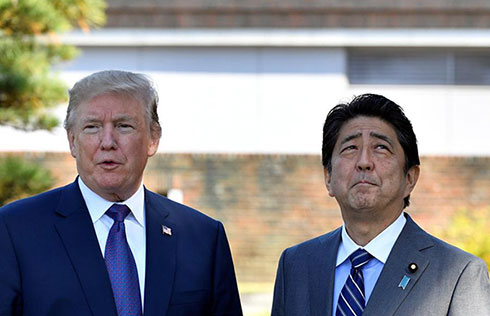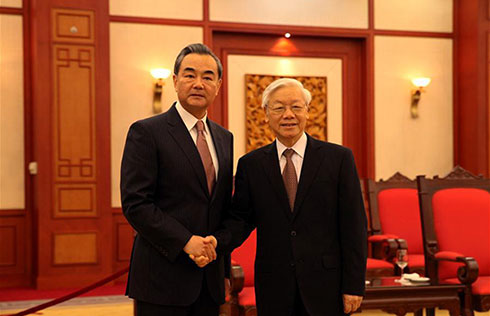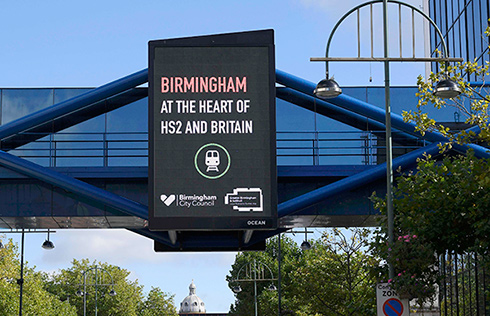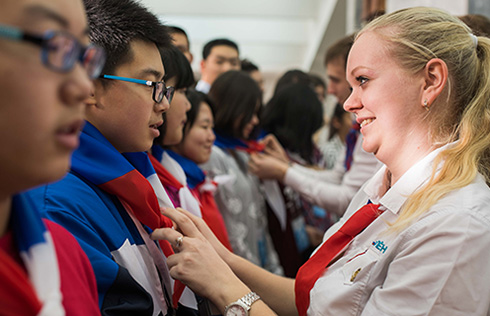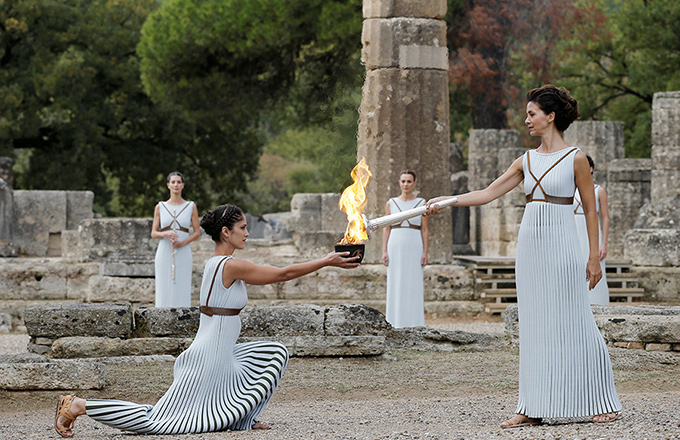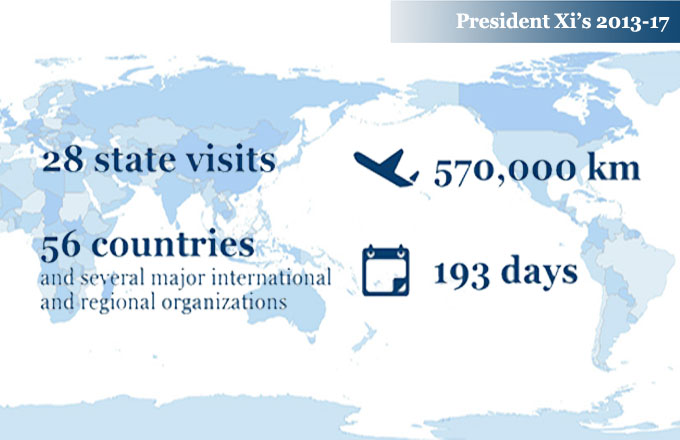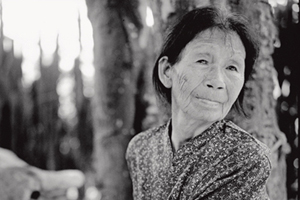Rationale of daylight saving time still cause for debate
As a Chinese living and working in the United States, daylight saving time (DST) is one of those things, for good or bad, that amaze me. The other would be the absence of a metric system that makes it hard for me to tell my height and weight in feet and pounds, and the rendering of the temperature in Fahrenheit.
Nevertheless, it's a pleasant feeling on Sunday to gain an extra hour when DST ends at 2 am, at which time the clocks are set back one hour. The time on one's iPhone and computer just resets automatically.
It makes sense that DST enables people to fully utilize the daylight of different seasons. But I am also curious how many people would miss the train or flight in the US due to the sudden change, especially when places like Hawaii, Puerto Rico and most parts of Arizona don't observe it.
I did not realize that DST is also a controversial issue in the US. When many attribute it to Benjamin Franklin as early as 1794, Michael Levin, a New York Times bestselling author, wrote on Fox News on Saturday that when Franklin first suggested it, he was in Paris and meant it as a joke.
The US adopted DST during World War I, and in the ensuing years, President Franklin D. Roosevelt implemented year-round DST during World War II. In 1966, President Lyndon Johnson signed the Uniform Time Act that allowed states and territories to opt out of DST.
Levin was calling for an end to DST, including citing a Times article in 2014, as Swedish researchers found a 5 percent increase in the risk of heart attacks right after DST began, along with an increase in traffic accidents, workplace injuries and suicide rates.
"The problem is that while our body clocks can slowly adjust to seasonal changes in the amount of daylight, the sudden change when DST begins throws off our body rhythms," he wrote.
Levin certainly was not alone. There is plenty opposition online to DST, including a site calling for people to sign a petition.
The debate has been complicated by conflicting study results as whether DST actually saves energy, as most people believe is the rationale to spring forward and fall back their clocks once a year.
DST is observed only in most areas of North America and Europe and some areas in the Middle East. Most areas of Asia and Africa do not implement DST. That means roughly 70 percent of the countries and 80 percent of the world's population do not observe DST.
China adopted DST in 1986 in the belief that it would conserve energy. Unlike today, China, where there is an overcapacity in power generation, energy shortages were a serious issue back then.
So at 2 am on May 4, 1986, the clock was switched forward to 3 am. The DST that year ended at 2 am on Sept 14, the second Sunday of the month.
The good news, according to reports, is that there were no major accidents in the transportation sector due to DST, despite complaints about the inconvenience caused.
The bad news is that places in western China, such as Chengdu, Kunming, Nanning and Urumqi, did not report any energy-saving. Part of this is due to the fact that China observes one unified time, Beijing Time, in contrast to the four different time zones in the continental United States.
Other complaints about DST, such as a disruption in sleep and nightlife, also came in from South China’s Guangdong province.
However, relevant central government department data still show a significant saving of electricity in the 133 days of DST in 1986. And there was even a call to extend DST from three months to six months, from the last Sunday in March until the last Sunday in September.
Faced with a controversy, China's State Council, the government cabinet, announced a suspension of DST in 1992, telling localities to adjust their work hours accordingly in order to optimize the daylight and save electricity.
Contact the writer at chenweihua@chinadailyusa.com




